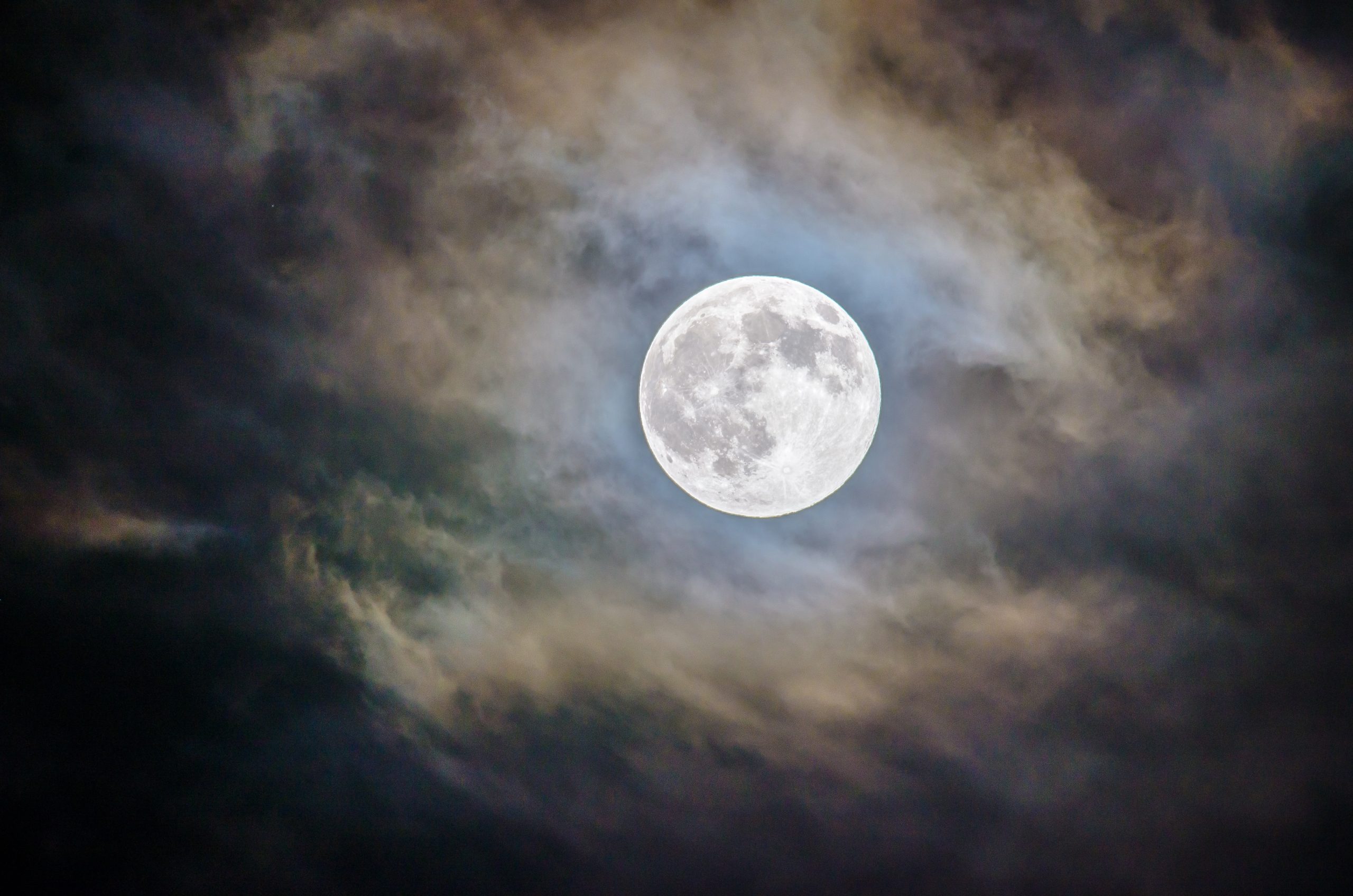The Meaning and Symbolism of the Muslim Crescent Moon and Star
The crescent moon and star are widely recognized as symbols associated with the Muslim faith. These symbols have a rich history and deep significance within Islamic culture. The undeniable beauty and elegance of the crescent moon and star have captured the imagination of people across the globe, regardless of their religious beliefs. In this blog post, we will explore the origins, symbolism, and various interpretations of the Muslim crescent moon and star.
Historical Origins
The use of the crescent moon and star as symbols in Muslim culture dates back centuries. While there are various interpretations and theories regarding their exact origin, they are predominantly associated with the Ottoman Empire, which spanned from the 14th to the early 20th century and had a deep influence on the Islamic world.
During the reign of Sultan Selim I, the crescent moon and star came to be associated with the Ottomans. It is believed that the inspiration for these symbols came from pre-Islamic Turkic mythology, where the crescent moon was associated with the ancient moon god, Sin, and the star represented the sun goddess, Shahar. Over time, the Ottoman Empire adopted and assimilated these symbols into the Islamic faith.
Symbolism and Interpretations
The crescent moon and star hold different meanings and interpretations within the Islamic faith, encompassing both religious and cultural significance. Here are some of the key interpretations:
1. Symbol of Timekeeping
In Islam, the moon is a significant celestial body often used to determine the beginning and end of months in the Islamic calendar. The sighting of the crescent moon marks the beginning of the month of Ramadan, a holy month of fasting and spiritual reflection for Muslims worldwide. The crescent moon and star, therefore, symbolize the passing of time and the importance of following the lunar calendar in Islamic practices.
2. Representation of Divine Light
Islamic tradition often associates the crescent moon and star with divine illumination. The moon itself reflects the light of the sun, symbolizing the divine guidance that Muslims seek in their lives. The star, on the other hand, is considered a celestial source of light that guides believers on their spiritual journey towards righteousness.
3. Cultural and National Symbols
Beyond their religious symbolism, the crescent moon and star also hold cultural and national significance for many Muslim-majority countries. These symbols can be found on the flags of various nations such as Turkey, Algeria, Pakistan, and Malaysia, among others. They represent unity, national identity, and pride for the people of these countries.
Wide Acceptance and Common Misconceptions
The Muslim crescent moon and star have gained widespread recognition, not only within the Islamic community but also across the globe. These symbols have become integral components of Islamic art, architecture, and even fashion. However, it is important to address some common misconceptions:
Misconception 1: Islamic Symbol
Contrary to popular belief, the crescent moon and star are not universally recognized as official symbols of Islam. While they have undeniable significance within Islamic culture, the Quran does not explicitly mention these symbols. Islamic teachings prioritize monotheism and the worship of Allah, rather than the veneration of symbols.
Misconception 2: Connection with the Ottoman Empire
Although the crescent moon and star are often associated with the Ottoman Empire, it is crucial to note that they have a broader history and are not exclusive to a particular Islamic dynasty. These symbols have deep-rooted cultural and historical connections that precede the Ottomans, and their use extends beyond the borders of the former empire.
Conclusion
The Muslim crescent moon and star hold a multi-faceted symbolism that encompasses religious, cultural, and historical significance. These symbols, while widely recognized and appreciated, should be understood in their proper context within the Islamic faith, without oversimplifications or misconceptions. The crescent moon and star capture the profound beauty and spirituality of Islam, serving as reminders for Muslims to seek divine guidance and maintain a connection with their faith.
Table of Contents
